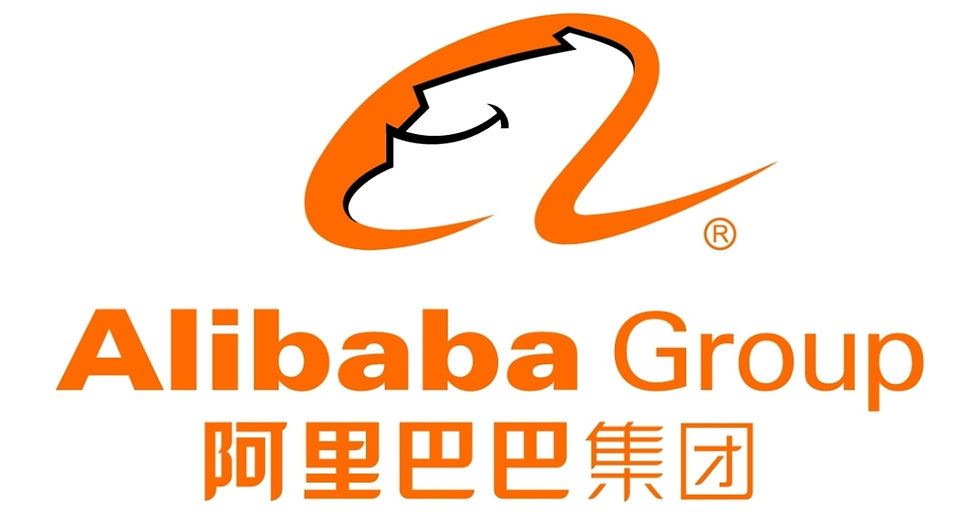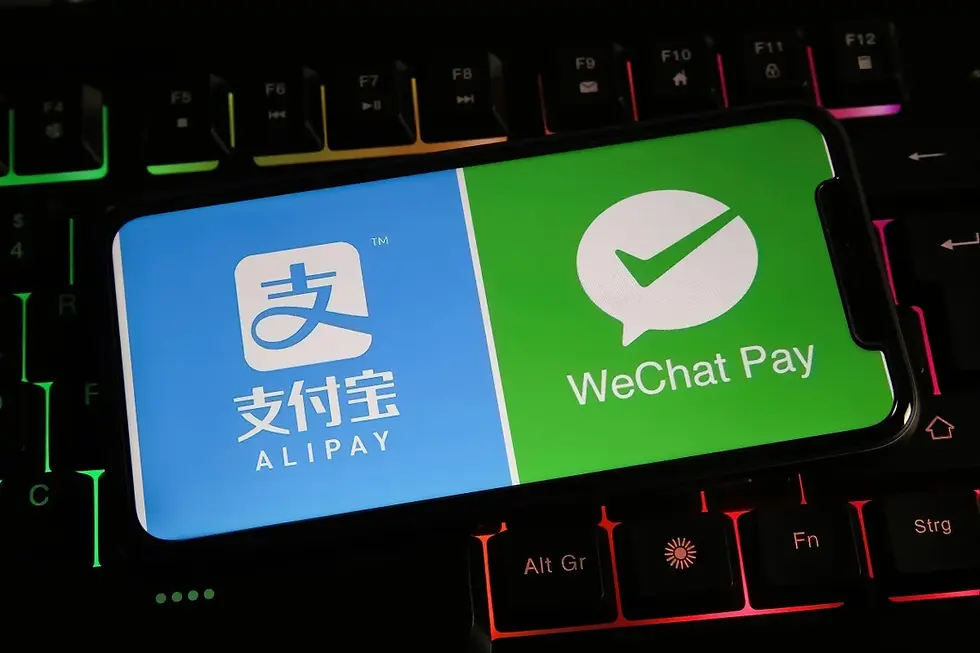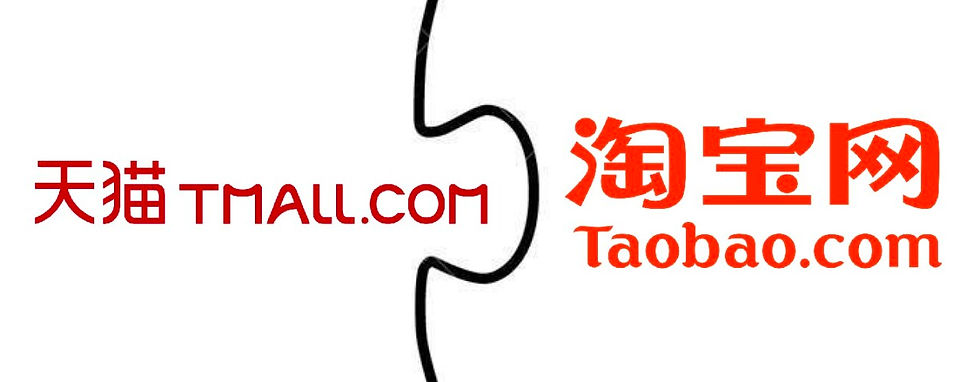Hi folks, we are back with our weekly edition of China’s Digital Digest, wherein we bring you weekly updates on China’s digital space. The report takes a quick glance at China’s complex and rapidly evolving social media landscape by providing updates on the latest happenings across the social media industry. Here are the major highlights of the report.
1. TikTok’s Reportedly Testing a New Instagram-Like ‘TikTok Photos’ App
TikTok could be eyeing a new way to take on Instagram, with a new “TikTok Photos” app reportedly in development.

Some new references to “TikTok Photos” have appeared within the code strings. The code appears to suggest that TikTok users will soon be prompted to share their still images to the new app, to reach like-minded people who enjoy photo posts. The addition of a separate TikTok Photos app is not overly surprising, given that TikTok has already added a “photo mode” for still images in-stream, and has been encouraging users to post more photos of late.
2. TikTok Announces New Incentive Options for Creative Talent
https://sairam-io.medium.com/tiktok-announces-new-incentive-options-for-creative-talent-1637f5f427d3
TikTok will now enable all creators to offer subscription packages, not just live creators, as part of its latest effort to provide more monetization options to keep top talent posting to the app.

TikTok says that its subscription option, formerly known as “LIVE Subscription”, will be expanded to non-LIVE creators in the coming weeks. That’ll provide another revenue pathway, aligned directly with creation, as opposed to having to organize brand deals, or run shopping streams in the app. Live stream shopping has blown up on Douyin, the Chinese version of TikTok, with Douyin’s gross merchandise value (i.e. cumulative value of product sales generated in the app) rising to more than $270 billion in 2023.
3. Reports Show Brands Are Seeing Less Engagement on TikTok Over Time
Three significant benchmark data reports have highlighted that brands are seeing less engagement and are jostling for position within people’s “For You” feeds.

Social media marketing analytic platform Rival IQ has found that TikTok’s current average engagement rate of 2.63% for brand content is down by more than half of what it was a year ago (5.69%). That same finding is reflected in new data from Emplifi, which found that TikTok post interactions are down 26% from its highest numbers at the start of 2022. SocialInsider found the same trend, with its data showing that the average engagement rate for TikTok clips declined by 35% over the past year.
4. State Media Blasts ‘Anti-China Show’ As US Lawmakers Seek to Force Sale of TikTok
Chinese state media has voiced support for TikTok, the hit short video platform owned by Beijing-based ByteDance, as the company faces pressure to sell the business in the US after a committee in the House of Representatives unanimously approved two bills targeting the app over security concerns.

The first proposal, if enacted, would grant ByteDance 180 days to divest TikTok or face a ban in app stores and US-based web-hosting services. The second bill would prevent data brokers from transferring sensitive data on American users to foreign governments. ByteDance has remained silent on the issue, leaving TikTok to defend itself, but state media has taken the opportunity to speak out against the US action.
5. Alibaba Pushes AI Tools to Merchants Wanting to Tap Overseas Markets
Alibaba International has launched a new campaign to promote its artificial intelligence (AI) tools aimed at helping merchants to tap overseas markets on Alibaba.com, in the latest push to expand cross-border e-commerce business.

The new campaign says Alibaba’s generative AI tools can be used to “lower the threshold for entering into global trade” via its wholesale platform Alibaba.com. New joiners will receive information on about 50 prospective buyers within the first two months, according to the company.
6. Alipay and WeChat Pay Ease The Way for Foreign Travelers to Make Payments in China
https://www.cnbc.com/2024/03/08/china-is-making-it-much-easier-for-foreigners-to-use-mobile-pay.html
China’s two dominant mobile payment services providers, Alipay owner Ant Group and WeChat Pay operator Tencent Holdings, are enhancing operations to make it easier for foreign travelers to pay for goods and services on the mainland, the world’s largest cashless society.

Those initiatives come after the General Office of the State Council on Thursday published new guidelines towards “providing higher-quality, more effective and more convenient payment services” for foreign visitors. Ant Group has raised foreign travelers’ single-transaction limit on Alipay to US$5,000 from US$1,000, the Chinese financial technology giant said in a statement. Alipay’s annual cumulative transaction limit for foreign visitors has also been increased to US$50,000, up from the previous US$10,000 limit, in line with a new People’s Bank of China policy, the group said.
7. JD.Com’s Revenue Beats Estimates Helped By a Focus On Lower Prices
JD.com reported revenue of 306.1 billion yuan (US$43.1 billion) for the fourth quarter, an increase of 3.6 percent from the same period a year ago and above expectations, bolstered by the e-commerce giant’s efforts to add lower-priced products to its platform.

JD.com also said that it will repurchase up to US$3 billion worth of its shares, including American depository shares, over the next 36 months. The company reported net income attributable to shareholders of 3.4 billion yuan for the quarter, up more than 13 percent from 3 billion yuan a year earlier. Net revenue for the full year came in at 1.085 trillion yuan, up 3.7 percent from 2022.
8. Baidu’s Robin Li: Ernie Bot 4.0 Has Surpassed GPT-4 in Chinese Language Processing
Baidu‘s founder, Robin Li, discussed Baidu‘s Ernie Bot on a TV program. He stated that Ernie Bot 4.0 has surpassed ChatGPT 4.0 in Chinese.

As an example, he mentioned that many large models can now write acrostic poems, but if asked to write a poem in the style of “Qinyuan Spring,” they would struggle. ChatGPT 4.0 cannot understand whether the first sentence should have four or five characters. However, Li also admitted that Ernie Bot doesn’t have as much English training data as ChatGPT. Regarding negative online reviews of Ernie Bot, Li is not upset. He hopes to change these people’s opinions within a year and is full of confidence in them.
9. Alibaba Is Developing An AI E-Commerce Product Called ‘Huiwa’
It is being reported that Alibaba has established an AI e-commerce team and is currently developing an AI e-commerce product called ‘Huiwa’ for merchants and influencers. It has already started invitation testing with some Taobao merchants.

According to the introduction, this product will improve the efficiency of Taobao, Tmall merchants, and influencers in generating marketing copy, training exclusive AI models, etc., making products quickly popularized. Public information shows that the developer of ‘Huiwa’ is Hangzhou Lianfan Information Technology Co., Ltd., while business registration information shows that this company is 100% owned by Alibaba Group Holding Limited (China).
10. Alibaba Tests New Generative AI Tools for Merchants on Taobao And Tmall
Alibaba Group Holding has started testing new generative artificial intelligence (AI) tools for merchants on Taobao and Tmall via a website called Huiwa, as the Chinese e-commerce giant leverages the technology to boost sales at its main domestic retail platforms.

The generative AI tools provided by Huiwa, operated by Alibaba subsidiary Hangzhou Lianfan Information Technology, enable merchants to create both text and graphics content. Huiwa’s tools, which are now being tested by selected online merchants, are also capable of producing images based on which angles and backgrounds for a product are required by users.
Wrapping Up
The vast and diverse nature of the Chinese Social Media space makes it incredibly challenging to keep a tab on the rapid developments taking place. However, China’s Digital Digest brings you all the latest updates from there to keep you abreast of all the evolving trends.
To delve deeper into the findings of our latest report, click here.
google 优化 seo技术+jingcheng-seo.com+秒收录;
Fortune Tiger Fortune Tiger;
Fortune Tiger Fortune Tiger;
Fortune Tiger Fortune Tiger;
Fortune Tiger Slots Fortune…
站群/ 站群
gamesimes gamesimes;
03topgame 03topgame
EPS Machine EPS Cutting…
EPS Machine EPS and…
EPP Machine EPP Shape…
Fortune Tiger Fortune Tiger;
EPS Machine EPS and…
betwin betwin;
777 777;
slots slots;
Fortune Tiger Fortune Tiger;